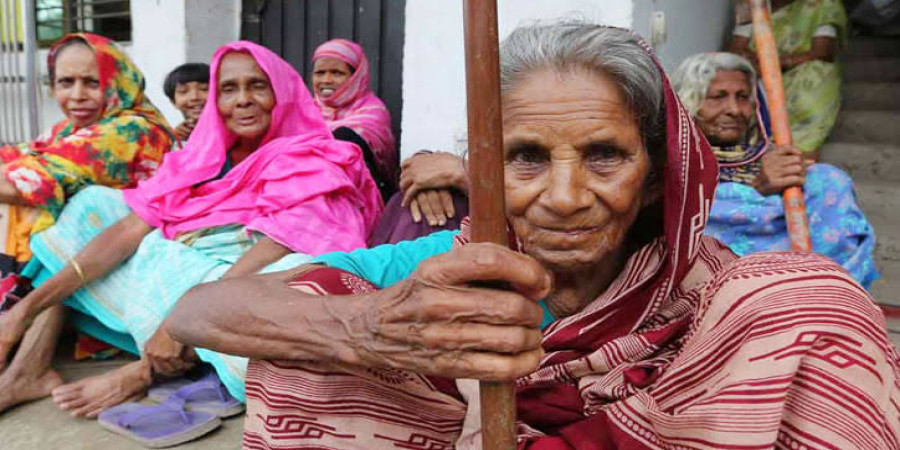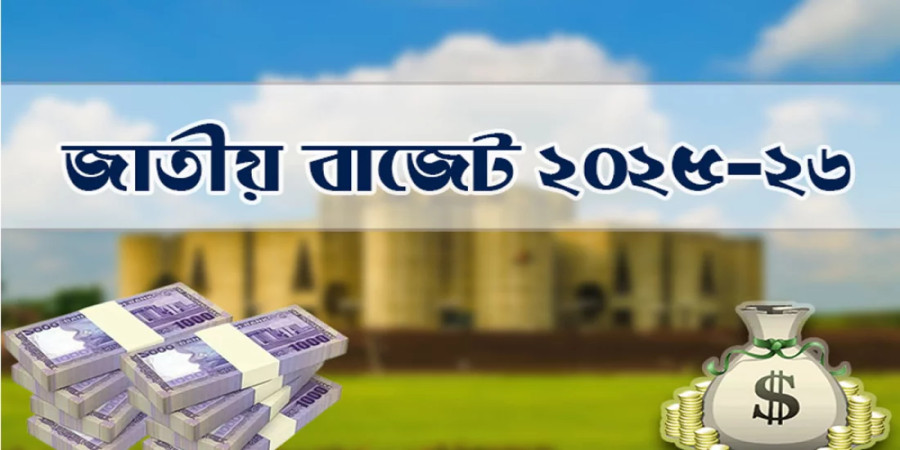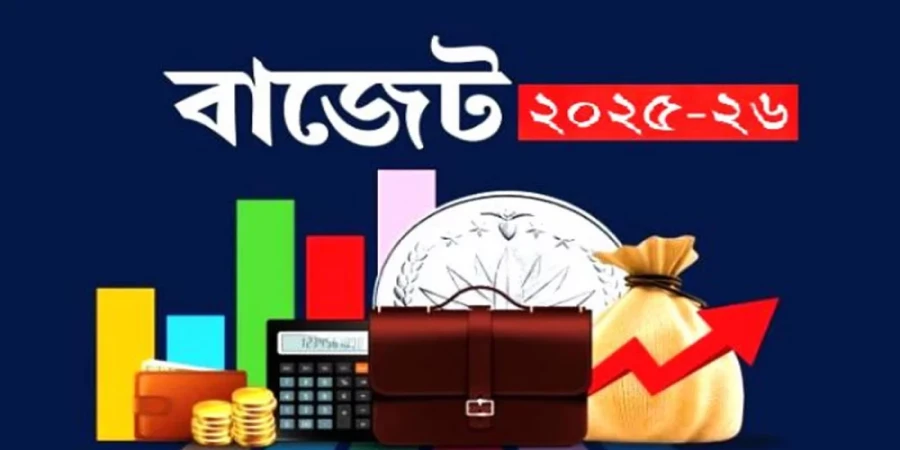
ছবি: Photo: Collected
Bangladesh's foreign exchange reserves have shown an upward trend, marking a notable recovery. After months of decline, the reserves, calculated under the BPM-6 accounting standard, have reached $19.2 billion. However, the net international reserves (NIR), which represent the expendable reserves, remain below $15 billion, indicating challenges in maintaining sustainable import payments.
According to the latest data from Bangladesh Bank, the gross reserves stood at $24.75 billion as of December 11, while the BPM-6 standard reflected reserves of $19.2 billion. Earlier this month, on December 4, the gross reserves were recorded at $24.49 billion, and the BPM-6 calculation showed $18.85 billion. These figures reflect a gradual but steady improvement in the country's reserve position.
The country's reserve situation was at its peak in August 2021, reaching $48 billion. However, mismanagement, irregularities, and unchecked capital flight during the tenure of the previous government led to a sharp decline, leaving the reserves at critical levels.
Bangladesh Bank also maintains a separate account of net reserves, which it reports only to the International Monetary Fund (IMF) and does not make public. As of December 11, the NIR or usable reserves stood at approximately $15 billion. Considering the country's monthly import expenditure of $5.5 billion, the current reserves are insufficient to cover three months of imports, a benchmark that is widely regarded as the minimum requirement for economic stability.
Foreign exchange reserves serve as a critical indicator of a country's economic health. Sustaining adequate reserves is essential to maintain investor confidence, stabilize the local currency, and manage external shocks. The recent improvement offers some relief but highlights the need for continued efforts to ensure sustainable growth.
The country has also witnessed fluctuations in remittance inflows, another crucial component of foreign exchange reserves. In July, the first month of the 2024-25 fiscal year, remittances dropped to $1.91 billion, the lowest in the past 10 months. This decline followed a period of unrest related to student protests over quota reforms, which escalated into nationwide conflicts, curfews, and internet shutdowns. The turmoil led many expatriates to voice their reluctance to send money through official channels.
After the formation of a new government, campaigns were launched to encourage expatriates to remit funds through legal channels, emphasizing their role in national development. These initiatives began yielding results, with remittance inflows increasing in subsequent months. By November, remittances had risen to $2.2 billion, continuing the upward trend seen since August.
During the current fiscal year, remittance inflows have shown resilience. In July, remittances totaled $1.91 billion, followed by $2.22 billion in August, $2.40 billion in September, and $2.40 billion again in October. These figures indicate that expatriates have consistently sent more than $2 billion each month for four consecutive months, contributing significantly to the stabilization of foreign exchange reserves.
While the rise in reserves and remittance inflows is encouraging, challenges remain. The central bank must navigate a complex economic landscape marked by external shocks, internal inefficiencies, and global uncertainties. Sustained improvement in the reserve position will require effective policy measures, efficient financial management, and continued engagement with international partners such as the IMF and the Asian Development Bank (ADB).
The ADB's recent decision to provide a $100 million loan to the Bangladesh Infrastructure Finance Fund Limited (BIFFL) is expected to further support the country's economic stability. The loan will enable investments in critical infrastructure projects, which, in turn, could boost economic growth and enhance the country's capacity to manage external obligations.
Looking ahead, Bangladesh Bank's efforts to rebuild reserves and ensure economic stability will hinge on multiple factors, including the recovery of global trade, stable remittance inflows, and prudent financial management. Despite the challenges, the recent progress in foreign exchange reserves and remittance inflows reflects a positive trajectory, offering hope for a more resilient and stable economy in the coming months.
In conclusion, the increase in Bangladesh's foreign exchange reserves marks a significant milestone in the country's economic recovery. While the journey towards sustainable reserves and economic stability continues, the recent improvements highlight the importance of coordinated efforts among policymakers, financial institutions, and expatriates. By addressing the underlying challenges and fostering collaboration, Bangladesh can build a stronger foundation for long-term growth and resilience.
repoter






